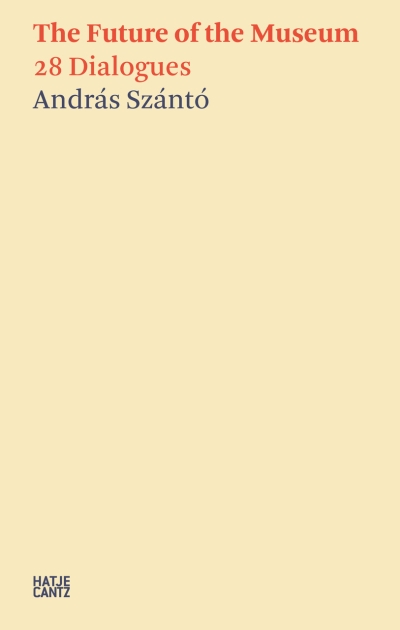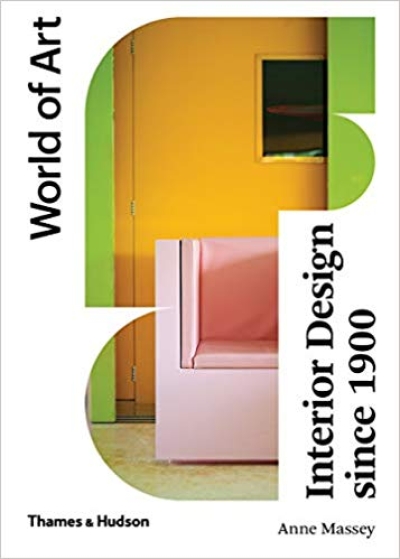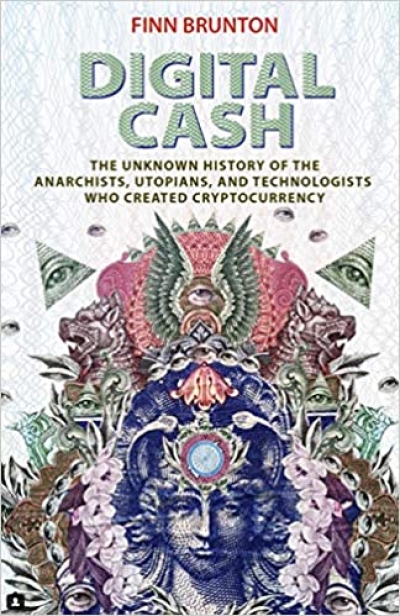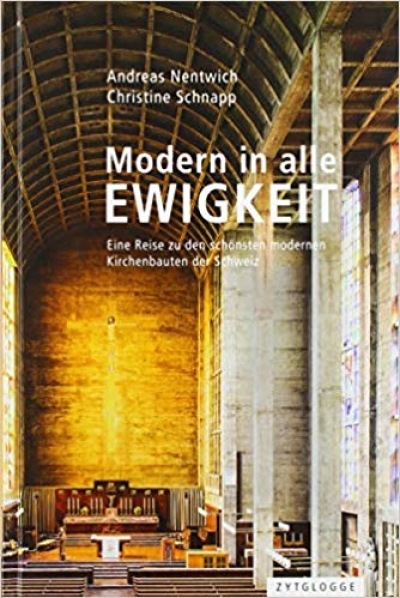
The Future of the Museum
Als im Jahr 2020 Museen weltweit wegen des neuartigen Coronavirus geschlossen werden mussten, führte der in New York lebende Kulturstratege András Szántó Interviews mit einer Reihe von international agierenden Museumsleiter*innen. In einer Zeit, in der wirtschaftliche, politische und kulturelle Veränderungen den Beginn einer neuen Ära signalisieren, sprachen die Museumsleute offen über die historischen Grenzen und das ungenutzte Potenzial ihrer Institutionen. Die 28 Dialoge in diesem Buch befassen sich jeweils mit einer eigenen Thematik, die für Kunstinstitutionen heute und morgen von Bedeutung sind. Was aus dieser Gesprächsreihe hervorging, ist ein zusammengesetztes Porträt einer Generation von Museumsdirektor*innen, die daran arbeiten, Institutionen offener, demokratischer, integrativer, experimenteller und erfahrungsorientierter, technologisch versierter und kulturell polyphoner zu machen, die auf die Bedürfnisse ihrer Besucher*innen und Gemeinschaften abgestimmt sind und die sich mit den wichtigen Fragen der sie umgebenden Gesellschaften auseinandersetzen.
GESPRÄCHSPARTNER: Marion Ackermann (Staatliche Kunstsammlungen Dresden), Cecilia Alemani (The High Line, New York), Anton Belov (Garage Museum of Contemporary Art, Moscow), Meriem Berrada (MACAAL, Marrakesh), Daniel Birnbaum (Acute Art, London), Thomas P. Campbell (Fine Arts Museums of San Francisco), Tania Coen-Uzzielli (Tel Aviv Museum of Art), Rhana Devenport (Art Gallery of South Australia, Adelaide), María Mercedes González (Museo de Arte Moderno de Medellín), Max Hollein (The Metropolitan Museum of Art, New York), Sandra Jackson-Dumont (Lucas Museum of Narrative Art, Los Angeles), Mami Kataoka (Mori Art Museum, Tokyo), Brian Kennedy (Peabody Essex Museum, Salem), Koyo Kouoh (Zeitz Museum of Contemporary Art Africa, Cape Town), Sonia Lawson (Palais de Lomé), Adam Levine (Toledo Museum of Art), Victoria Noorthoorn (Museo de Arte Moderno de Buenos Aires), Hans Ulrich Obrist (Serpentine Galleries, London), Anne Pasternak (Brooklyn Museum), Adriano Pedrosa (MASP, São Paulo), Suhanya Raffel (M+ Museum, Hong Kong), Axel Rüger (Royal Academy of Arts, London), Katrina Sedgwick (Australian Center for the Moving Image, Melbourne), Franklin Sirmans (Pérez Art Museum Miami), Eugene Tan (National Gallery Singapore & Singapore Art Museum), Philip Tinari (UCCA Center for Contemporary Art, Beijing), Marc-Olivier Wahler (Musée d’Art et d’Histoire, Geneva), and Marie-Cécile Zinsou (Musée de la Fondation Zinsou, Ouidah)

































































































